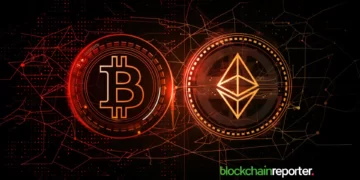Interoperability protocol Socket has recently reported a significant recovery following a security breach. Socket, recognized for developing the Bungee bridge protocol, confirmed on Tuesday, earlier today that it successfully retrieved 1,032 ETH
Valued at approximately $2.3 million at current market rates, this recovery represents a substantial recoupment of assets after the protocol suffered a major exploit. Socket conveyed this development through an update on X, stating, “We have successfully recovered 1,032 ETH from the funds involved in the incident on 16th Jan. We will release a recovery and distribution plan for users soon.”
The exploit in question, which transpired last week, was a significant setback for Socket, impacting wallets that had granted unlimited approvals to Socket contracts. As a consequence, an estimated $3.3 million in funds were siphoned off, according to the analysis by blockchain security firm PeckShield.
In response to the incident, Socket promptly paused the affected contracts to mitigate further damage.
Exploit Analysis: Understanding the Vulnerability
The exploit’s mechanics stemmed from a critical vulnerability in the system. PeckShield’s analysis revealed that the breach resulted from “incomplete validation of user input,” which allowed the attacker to extract funds from users who had approved the vulnerable SocketGateway contract. “The bad route exploited in the hack was added three days ago and is now disabled,” PeckShield further clarified.
This breach essentially enabled the exploiter to drain assets from users who had over-approved Socket. As The Block’s research director Steven Zheng elaborated, this meant that if a user bridged $1,000 in funds but had approved the bridge for a higher amount, say $2,000, the exploiter could drain the unused approval amount. In this scenario, the exploiter could access and extract the remaining $1,000.
The recovery of the 1,032 Ether by Socket demonstrates not only the protocol’s capability to address and resolve critical issues swiftly but also highlights the ongoing risks associated with digital asset transactions and smart contract interactions.























